Microsoft Azure is helping create a noise tracking app in China
3 min. read
Published on
Read our disclosure page to find out how can you help Windows Report sustain the editorial team. Read more
For those of us who dwell in urban populated areas, the occurrence of noise congestion can sometimes become a mere backdrop in our living conditions, like a soundtrack to a movie. The longer we live in an area, the more adept we become at dealing with the noise. However, studies are showing that noise pollution ranks among the most pervasive forms of harm against a persons well being. An overexposure to the drudgery of noise pollution can manifest itself in the harmful deterioration of mental and physical well-being of residents, according to an article in the Environmental Health Perspectives (ehp).
Thanks in part to a rising socioeconomic bubble in China, an article in The Economist predicted back in 2014, that 70 percent of China’s population will be living in cities by 2030. That prediction assumes that roughly 1 billion people will be moving into highly condensed areas, and this shift will contribute to a few serious problems. Among the potential problems that may arise, an increase in noise pollution is one that a few researchers are aiming to track. As the rise in factories, construction projects, and vehicles continue in China the audible assault on residents could be detrimental.
Investigators in the Department of Computer Science and Engineering at Shanghai Jiao Tong University, with funding from Microsoft Research Asia, would like to implement better tools for tracking noise pollution in real-time. Professor Yanmin Zhu is leading a team in the development of a project called NoiseSense. NoiseSense is a service designed to map urban noise by using crowdsourced noise measurements from smartphone users, according to Microsoft Research. At first glance, the sound capturing app and subsequent usage almost resembles a Waze-like implementation of research. According to Microsoft Research, “They envision a noise-mapping service that will allow anyone to query the noise level in any urban area in the world. More importantly, NoiseSense could give authorities the information needed to devise and implement effective noise abatement strategies.”
While the app and research methods are forward thinking and inventive, Professor Zhu realizes that is only half the equation in addressing the problem. Once users are capturing and measuring noise levels, Zhu, and his team will need supercomputer systems on standby ready to hash the mountains of input data. Enter Microsoft’s Azure platform. Zhu spent six months at Microsoft Research Asia as the recipient of a Young Faculty Program award. While at (MRA) Zhu became very familiar with Microsoft’s growing research into urban informatics. Using a grant he received from Microsoft, Zhu applied the free cloud computing power of Microsoft’s Azure platform to supplement his research into his noise sensing project. As for the status of Zhu’s noise mapping app, “They have developed a system prototype for a real-time, fine-grained noise-mapping service on Microsoft Azure, and they have created noise-measuring smartphone apps for both Windows Phone and Android operating systems,” according to Microsoft.
Zhu’s research is another forward thinking use of how cloud computing and big data can help create applications with far reaching real-world results. Microsoft is also aiding in the expansion of urban computing, with projects designed to improve many other aspects of city life, including urban transportation and air quality and energy consumption. These are the early days for this type implementation of research, but if Microsoft’s Azure platform can position itself accordingly, Azure could be a necessary tool for researchers moving forward.




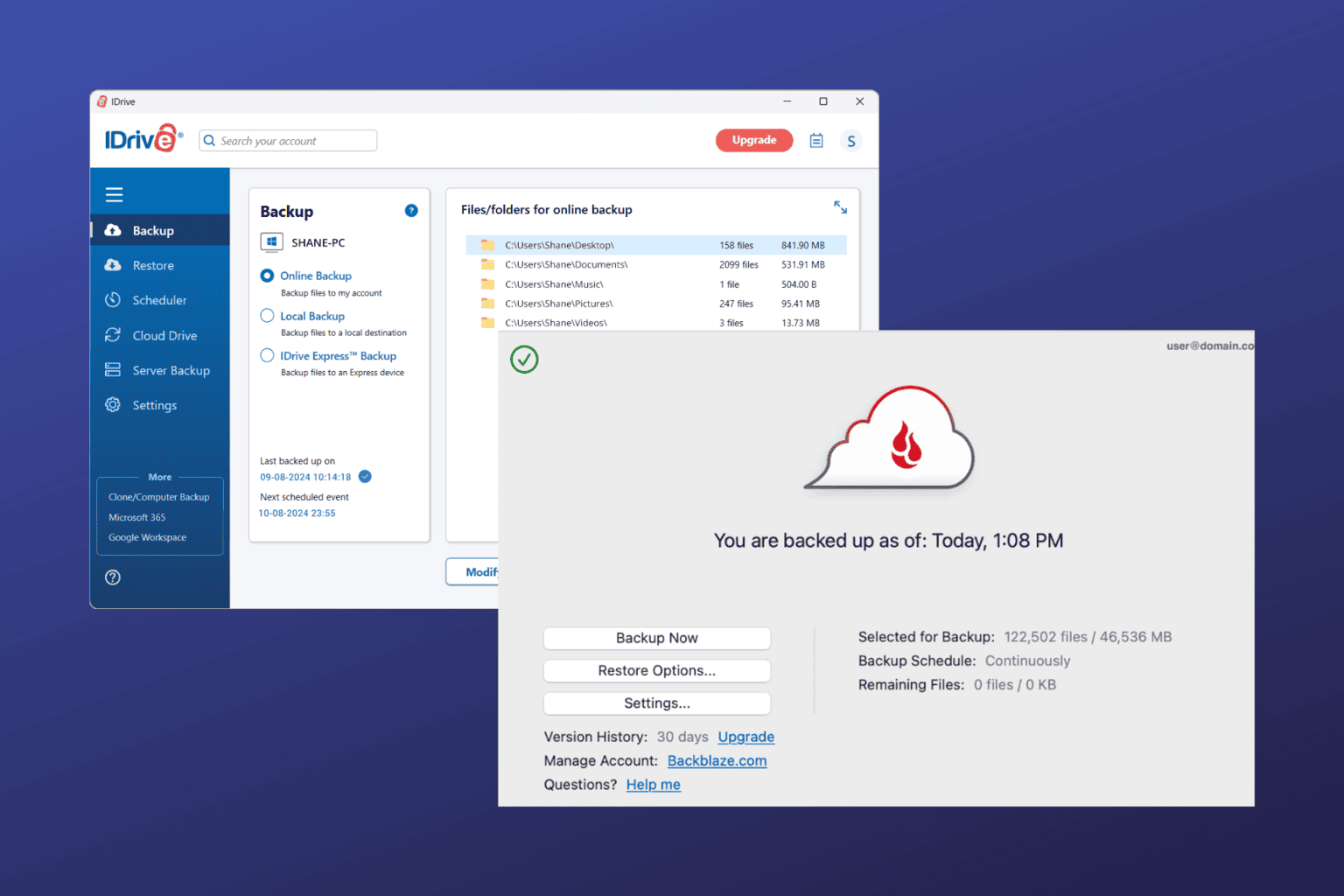
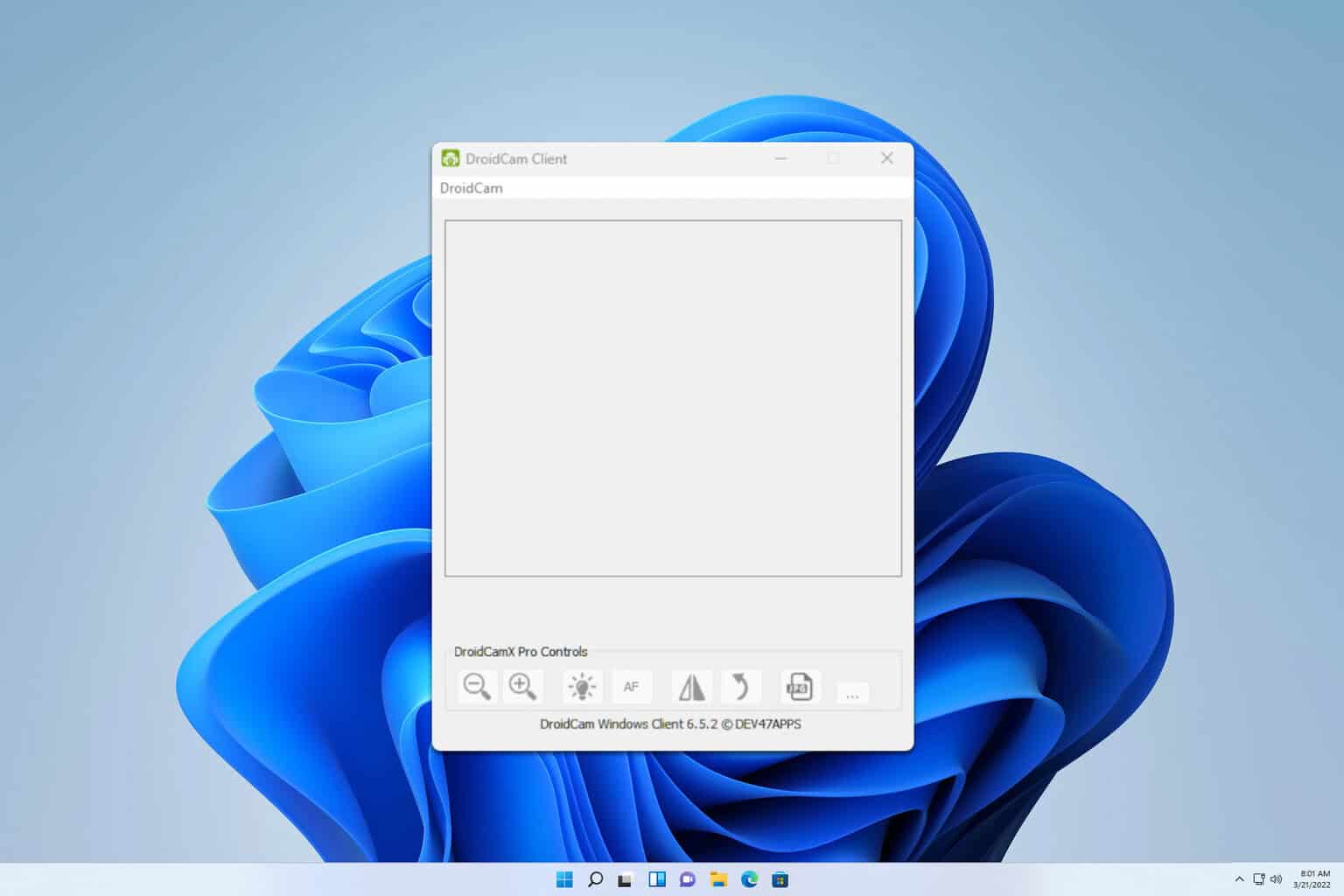
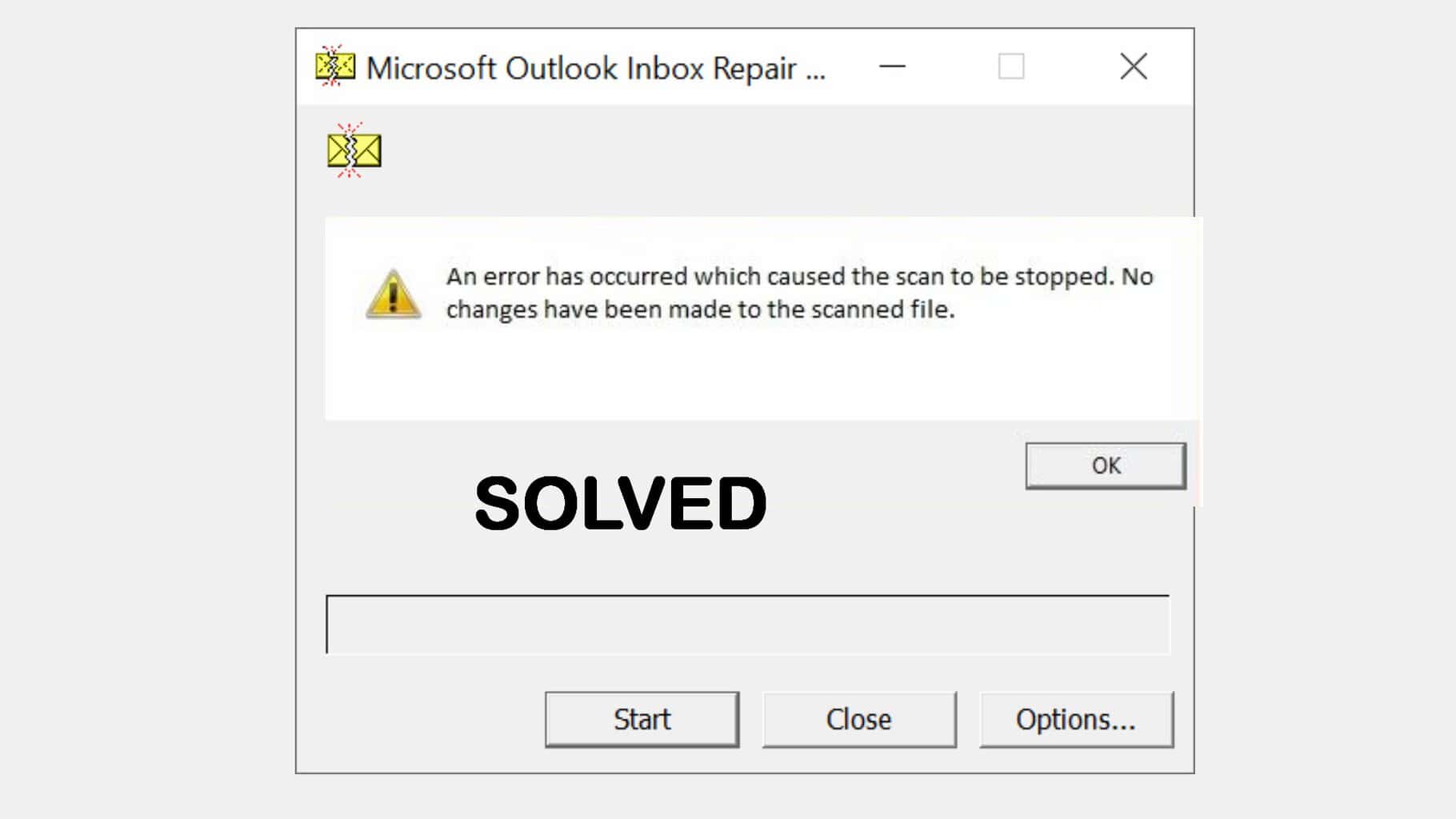
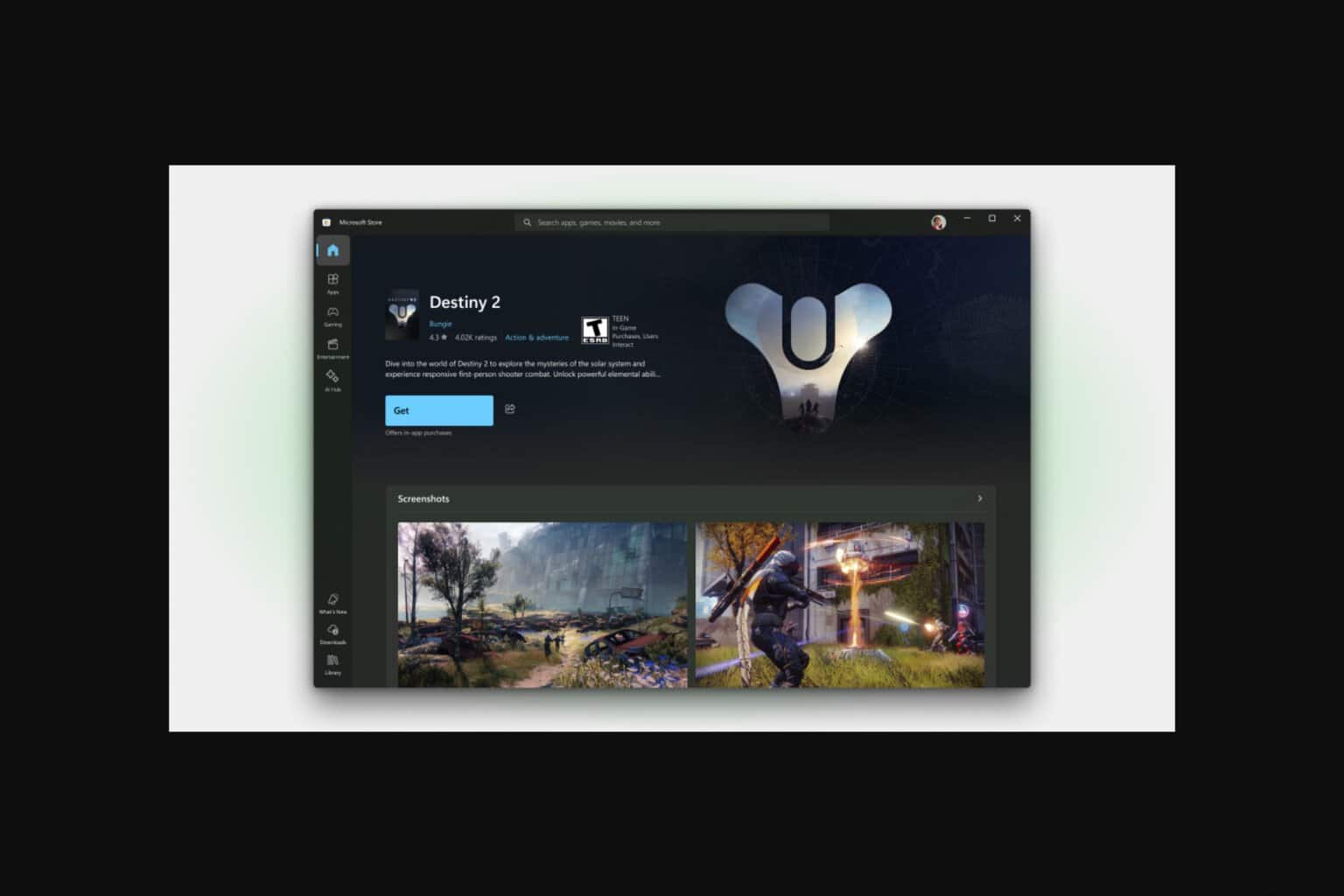

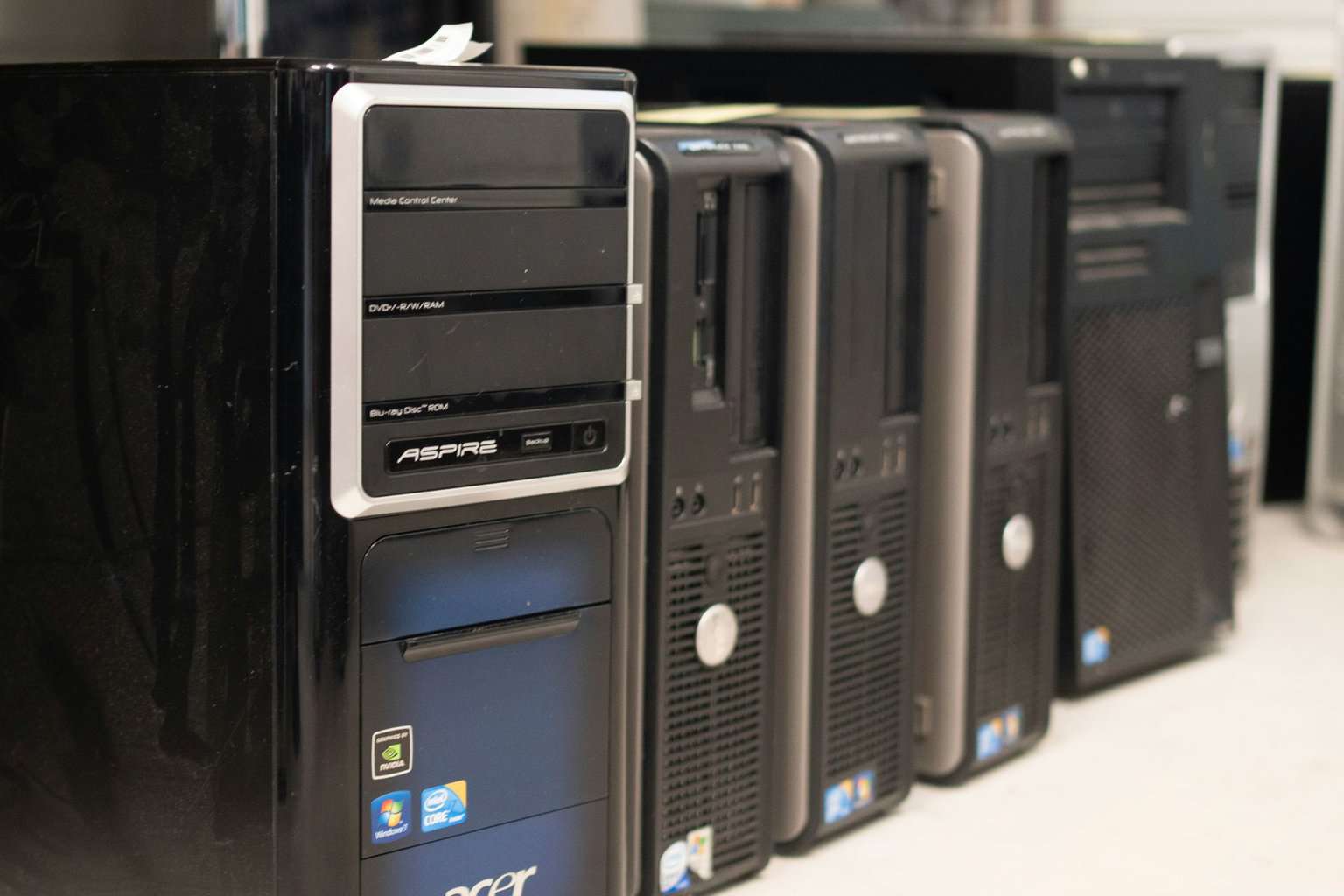
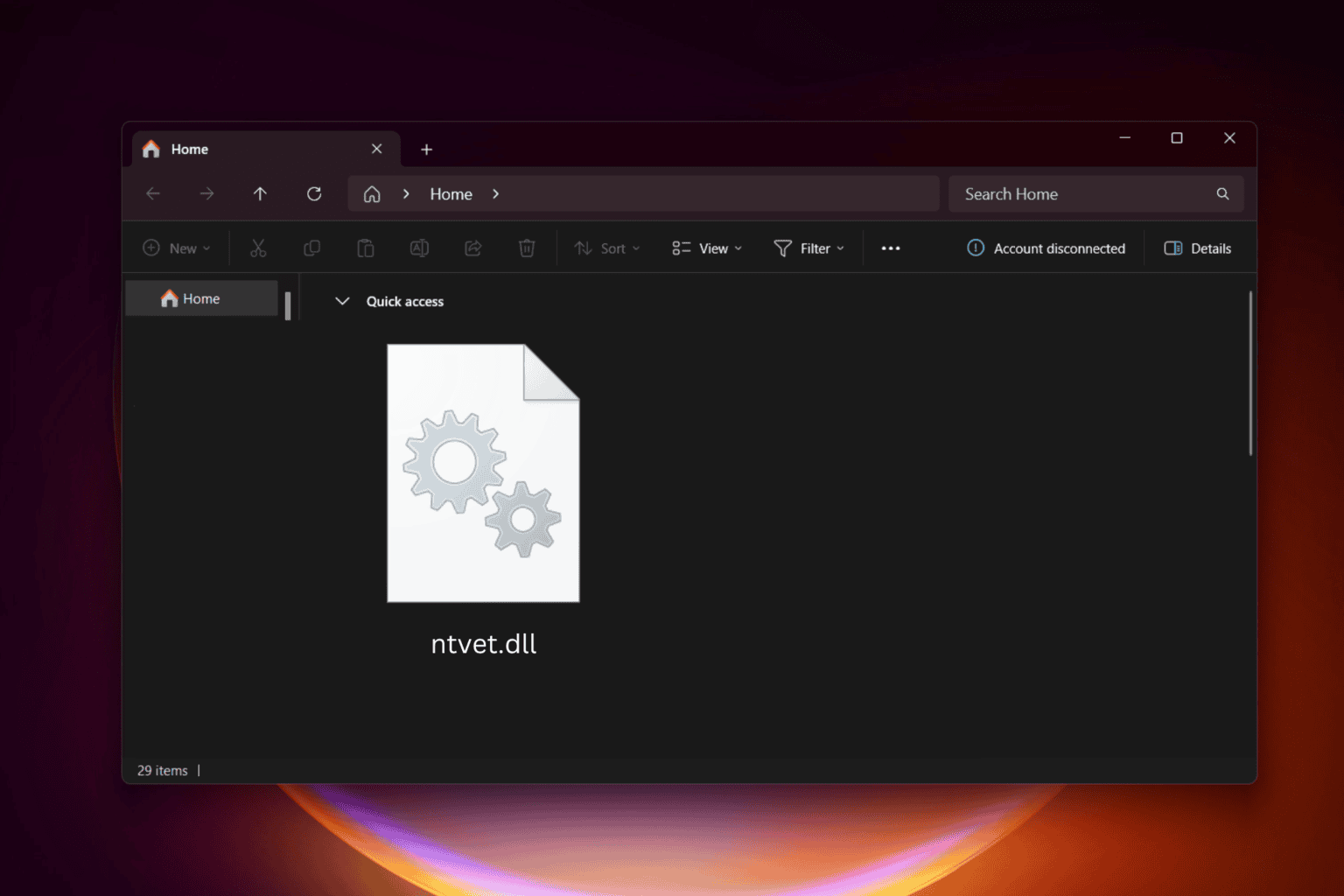
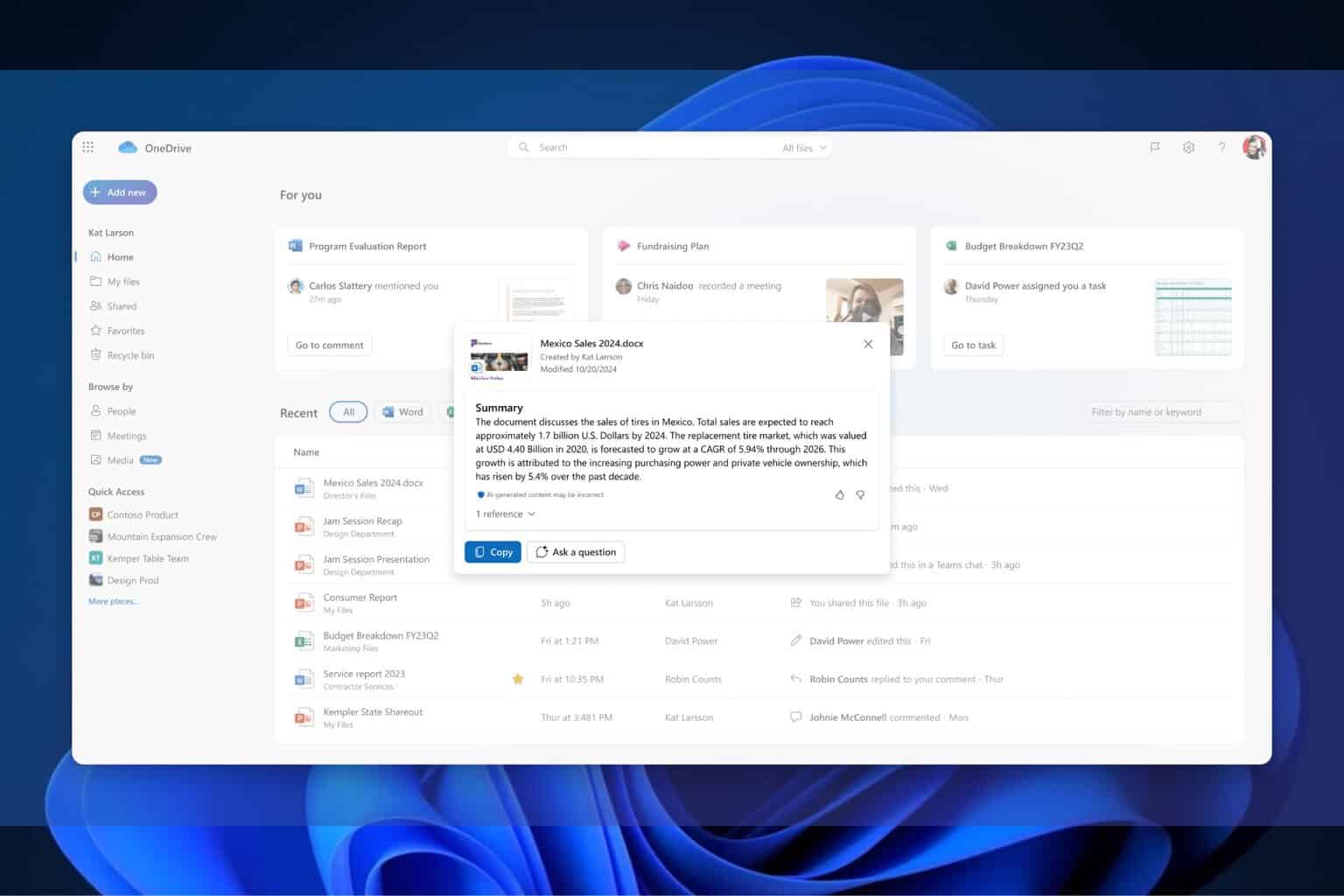
User forum
0 messages